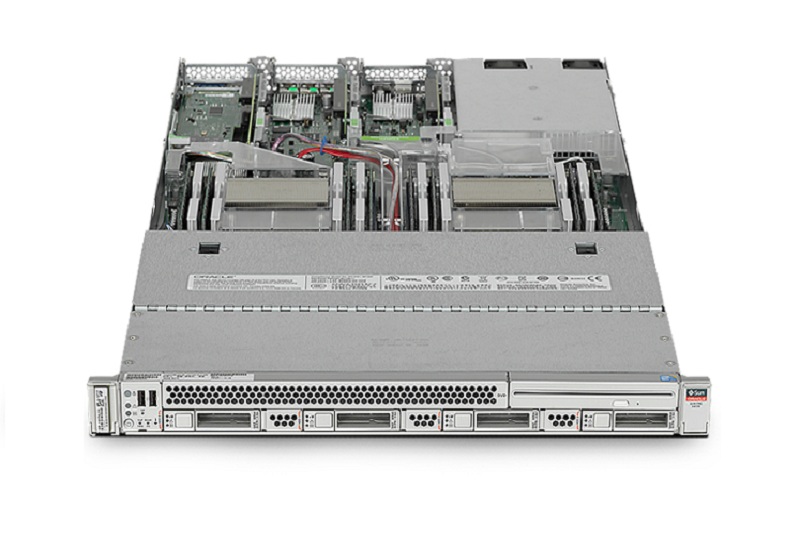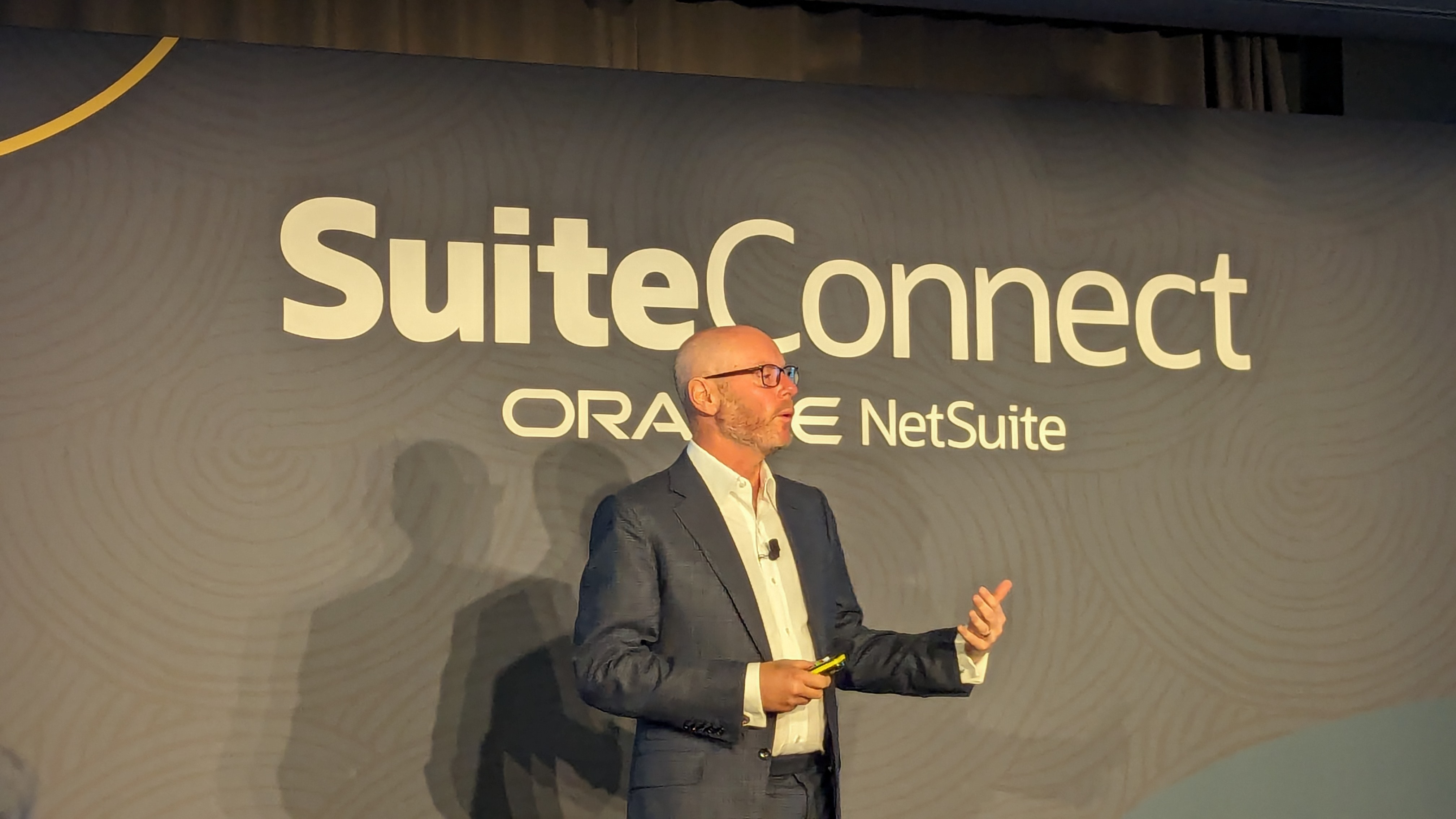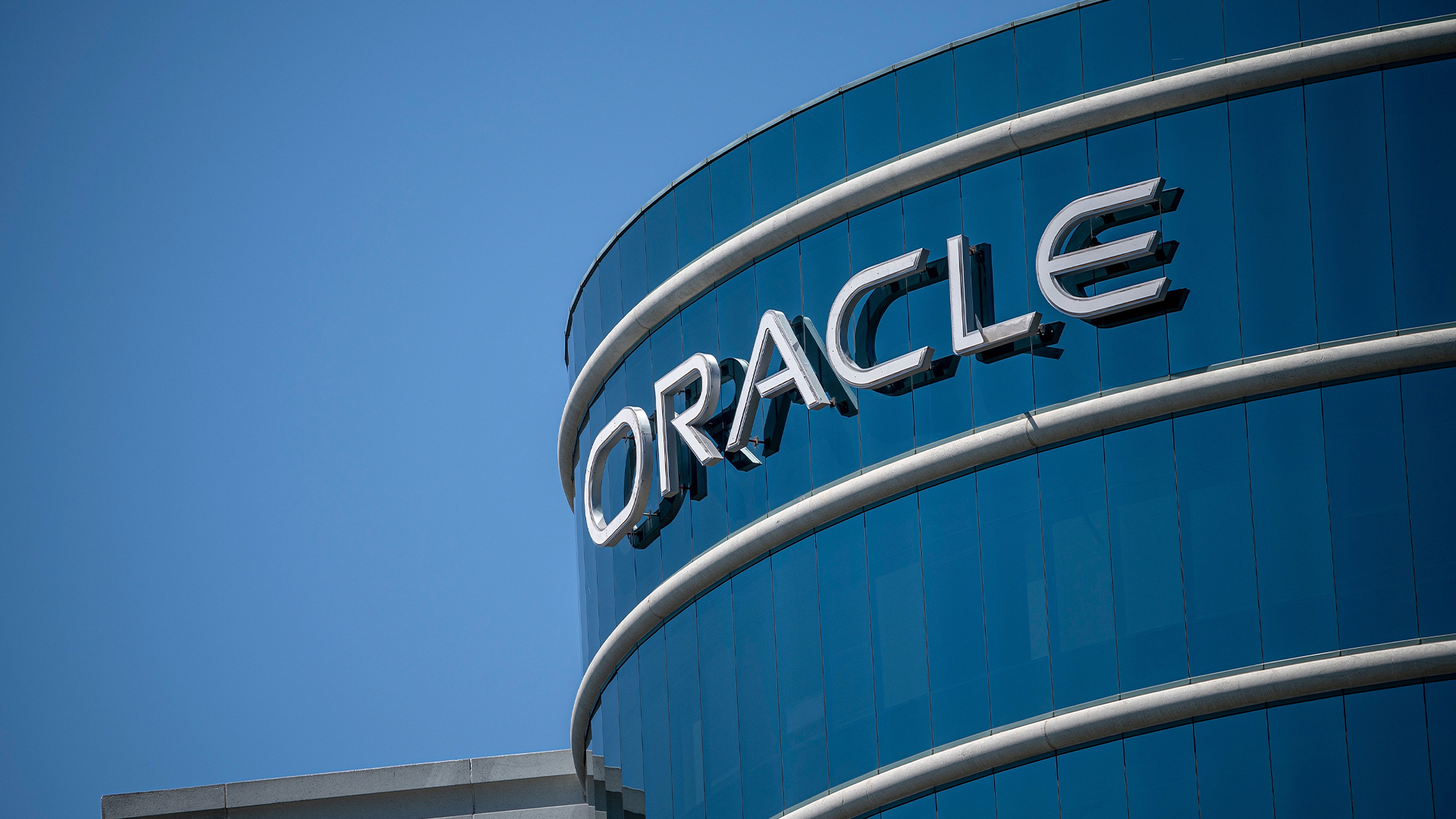Oracle reveals raft of Xeon E5-based Sun servers
The Silicon Valley giant launches five servers based on Intel’s latest Xeon E5 chips.


Oracle has become the latest hardware player to launch new servers based on Intel's Xeon E5 processors.
Oracle's collaboration with Intel provides solutions with great performance and scalability to meet the ever increasing demands of datacentre customers.
The new line uses Sun technology to provide what the company claims to be the "best x86 platform," despite coming to the market later than its more traditional server vendor rivals, HP and Dell.
The range has still received full support from the processor
manufacturer.
"Oracle's collaboration with Intel provides solutions with great performance and scalability to meet the ever increasing demands of datacentre customers," said Doug Fisher, corporate vice president of the software and services group at Intel.
"Extensive co-engineering, testing and validation have gone into creating an excellent balance between processor, memory and I/O resources in the solution stack. As a result, Oracle's x86 servers based on the Intel Xeon processor E5-2600 offer an unprecedented ability to move large volumes of data efficiently and handle multiple millions of transactions per second."
Get the ITPro daily newsletter
Sign up today and you will receive a free copy of our Future Focus 2025 report - the leading guidance on AI, cybersecurity and other IT challenges as per 700+ senior executives
There are five new machines in all, three racks and two blades, all of which are two sockets.
First up in the Sun Fire X4170 M3. With 16 DDR3 memory slots, the box can handle up to 512GB of memory. Both 2.5 and 3.5in drives can be accommodated with the choice of SAS, SATA and SSD all supported. It also has four Ethernet ports, but speeds for these slots have increased to 10Gigabits for the first time. The server also provides six USB ports and four PCI Express 3.0 slots.
Next in the range is the Sun Fire X4270 M3 which provides more space for cards and drives as it slots into a 2U high-rack chassis. Both 2.5 and 3.5in drives are again supported, but users can deploy double of the former into the box. Memory also goes up to 512GB and the second server also comes with four 10GbE slots, but ups its PCIE ports to six.
The third launch is the Sun Blade X6270 M3, which ups its memory slots to 24. However, it utilises RDIMM sticks instead, decreasing memory capacity to 384GB. Four 2.5in drives can be deployed in the server, but again the choice is narrowed to wither SAS or SSDs. Networking capabilities come through an external ExpressModule, which includes the option of 10GbE connections.
The final two servers fall into the Netra range, which was created by Sun in the mid-nineties to serve telecoms companies or firms wanting to run telecoms applications internally.
First of these two launches is the Netra X4270 M3. With similar specs as its Sun Fire counterpart, the server only takes a maximum of eight drives with only 2.5in options on the table. With 16 memory slots, things are looking up but these are again only capable of taking 8GB or 16GB products, leaving memory at 256GB.
The final announcement was the Netra X6270 M3. This blade server keeps to the exact same specs of its Sun Fire counterpart but, as with all Netra servers, is made more "rugged" to withstand issues thrown at it, ensuring constant telecoms availability.
"Oracle engineers hardware and software together to deliver maximum performance, reliability and cost savings," said Ali Alasti, vice president of hardware engineering at Oracle.
"Whether you're looking to support new applications or deploy in the cloud, Oracle's new x86 servers are ideal platforms for Oracle software with comprehensive management, virtualisation and support built-in."
Jennifer Scott is a former freelance journalist and currently political reporter for Sky News. She has a varied writing history, having started her career at Dennis Publishing, working in various roles across its business technology titles, including ITPro. Jennifer has specialised in a number of areas over the years and has produced a wealth of content for ITPro, focusing largely on data storage, networking, cloud computing, and telecommunications.
Most recently Jennifer has turned her skills to the political sphere and broadcast journalism, where she has worked for the BBC as a political reporter, before moving to Sky News.
-
 Bigger salaries, more burnout: Is the CISO role in crisis?
Bigger salaries, more burnout: Is the CISO role in crisis?In-depth CISOs are more stressed than ever before – but why is this and what can be done?
By Kate O'Flaherty Published
-
 Cheap cyber crime kits can be bought on the dark web for less than $25
Cheap cyber crime kits can be bought on the dark web for less than $25News Research from NordVPN shows phishing kits are now widely available on the dark web and via messaging apps like Telegram, and are often selling for less than $25.
By Emma Woollacott Published
-
 ‘DIY’ agent platforms are big tech’s latest gambit to drive AI adoption
‘DIY’ agent platforms are big tech’s latest gambit to drive AI adoptionAnalysis The rise of 'DIY' agentic AI development platforms could enable big tech providers to drive AI adoption rates.
By George Fitzmaurice Published
-
 AI agent announcements are a dime a dozen right now – here’s what Oracle thinks it’s doing differently
AI agent announcements are a dime a dozen right now – here’s what Oracle thinks it’s doing differentlyNews Oracle’s latest foray into the world of AI agents will leverage the firm’s strength in infrastructure and come at no additional cost to users.
By George Fitzmaurice Published
-
 Gaining timely insights with AI inferencing at the edge
Gaining timely insights with AI inferencing at the edgeWhitepaper Business differentiation in an AI-everywhere era
By ITPro Published
-
 Scaling AI from pilot to production: Maximize AI impact with HPE & Intel
Scaling AI from pilot to production: Maximize AI impact with HPE & IntelWhitepaper Transform AI proof-of-concepts into full-scale implementations
By ITPro Published
-
 Oracle bets on vector search capabilities to drive enterprise AI value
Oracle bets on vector search capabilities to drive enterprise AI valueNews Oracle claims its new tool will bring AI “to where the data is,” rather than the other way around
By George Fitzmaurice Published
-
 NetSuite doubles down on localized AI with UK, EMEA product launches
NetSuite doubles down on localized AI with UK, EMEA product launchesNews Regional product launches aim to address struggles with ESG reporting and surface more data insights for NetSuite’s EMEA customers
By Rory Bathgate Published
-
 Oracle ditches the hype for a straight talking generative AI approach
Oracle ditches the hype for a straight talking generative AI approachAnalysis Oracle knows it has to box clever in the generative AI race, and its ambitions rest on delivering tangible enterprise use-cases
By George Fitzmaurice Published
-
 IDC MarketScape: Worldwide supply chain Oracle ecosystem services vendor assessment
IDC MarketScape: Worldwide supply chain Oracle ecosystem services vendor assessmentWhitepaper In-depth assessment of IT consulting providers supporting supply chain management processes
By ITPro Published